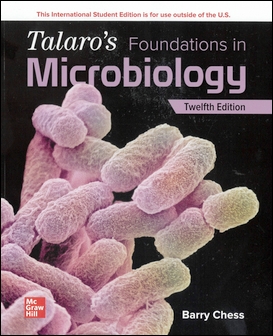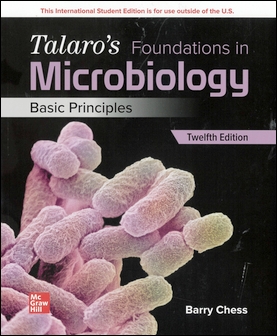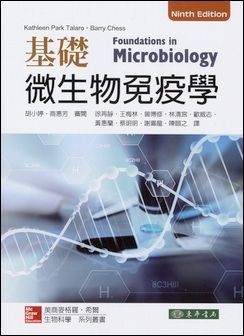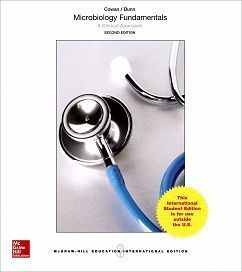書籍分類
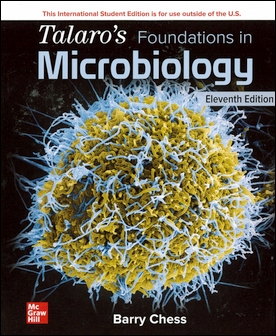
(E-Book) Talaro's Foundations in Microbiology 11/e
作者:Barry Chess (Kathleen Park Talaro)
原價:NT$ 1,000
ISBN:9781260589894
版次:11
年份:2021
出版商:McGraw-Hill
頁數/規格:電子書
參考網頁:Talaro's Foundations in Microbiology 11/e
版次:11
年份:2021
出版商:McGraw-Hill
頁數/規格:電子書
參考網頁:Talaro's Foundations in Microbiology 11/e
內容介紹 目錄 作者介紹
- 電子書訂購前請先詳讀:
- 訂購付款完畢後,請填寫 電子書回報資料-官網訂單,資料若不全,將影響您後續派送權益
- 查看 電子書平台登錄與註冊說明
- 查看 電子書平台操作手冊
- 此訂單為電子書,非紙本課本,電子書兌換碼一旦派送,則無法辦理退貨。
- 若有任何問題請 Email 至 ebook@tunghua.com.tw
帳號訂購流程
Step 1 登入會員 非東華網站會員,請點選右上角『註冊』。
Step 2 點選 『加入購買』填寫相關資料,並確認訂單無誤後,即可送出訂單。
Step 3 審核訂單 訂購單會盡力於24小時內(遇周末假日順延)審核,確定有庫存,系統會發送『付款通知信』至指定信箱。
Step 4 付款 收到付款通知信後,請於七天內付款。
Step 5 電子書兌換碼 確認入帳後,約 1-3 個工作天派送電子書兌換碼,會發訊息至您的個人 email 信箱。
Description
In a near-perfect example of a biological process looking exactly as one would imagine, thousands of newly replicated Ebola virus filaments are released from an infected cell. Each viral particle will go on to infect a new cell, quickly overwhelming the body's defenses. Those unlucky enough to contract Ebola virus disease will suffer fever, fatigue, body pain, liver and kidney damage, and internal bleeding. Up to 90% of patients will die.
More than two dozen outbreaks of Ebola virus disease have been confirmed since the virus was first discovered in 1976, with most restricted to small, isolated villages in Africa. Unfortunately, more recent outbreaks have been far larger, resulting in thousands of deaths. These larger outbreaks, fueled by a more mobile population, likely represent the new normal, according to the World Health Organization. Despite the efforts of scientists around the globe, Ebola virus disease has no effective treatment and no cure, but experimental procedures being used in the current epidemic offer some hope for one day vanquishing the virus.
Ebola is just one example of what you will find in Foundations in Microbiology, a user's guide to the invisible, occasionally dangerous, but always fascinating world around us.



